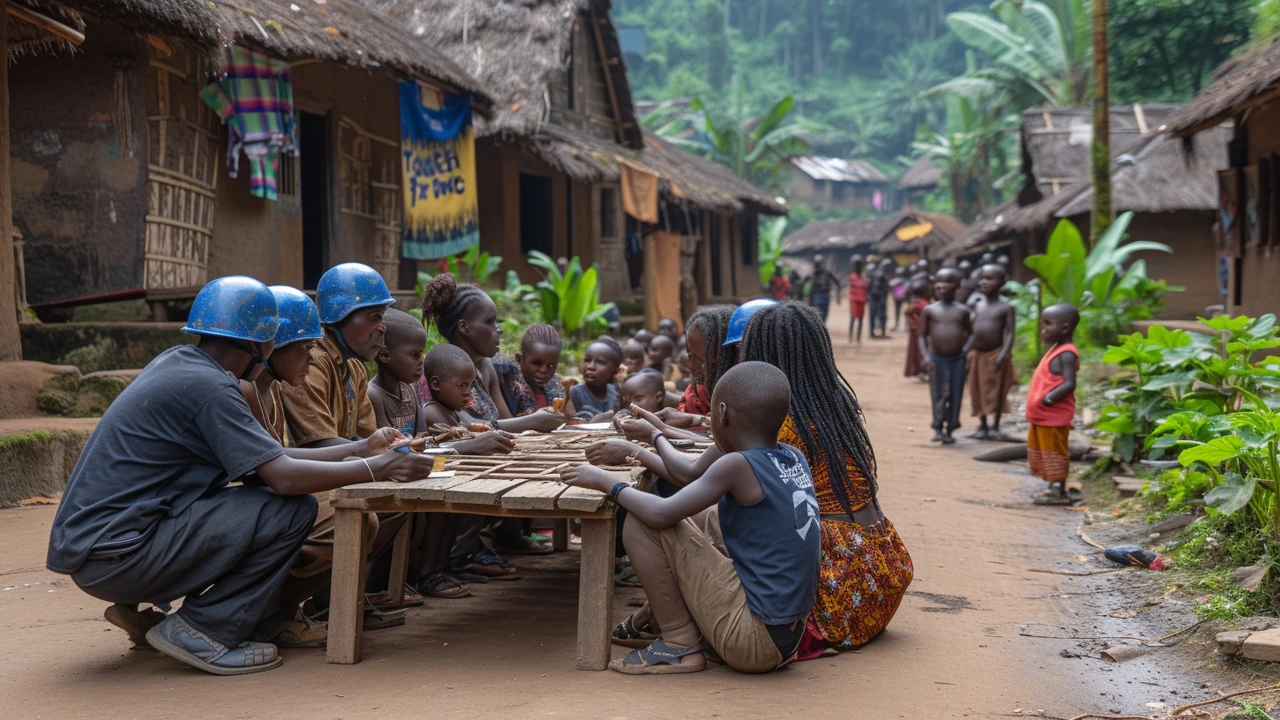Peacebuilding isn’t a slogan. It’s a set of concrete actions that turn fragile ceasefires into lasting calm. Want to know what actually works? This page gathers practical ideas, real-world examples, and clear options you can explore—whether you’re a student, practitioner, or just curious.
Start with security that locals trust. That often means training and vetting police, not just deploying soldiers. When communities feel safe walking to school and markets, other fixes become possible. Next, restore basic services—water, clinics, and schools. Practical repairs matter more than speeches.
Support local justice mechanisms alongside formal courts. Community mediation or traditional councils can resolve everyday disputes quickly and rebuild trust. For serious crimes, transitional justice (truth commissions, targeted prosecutions) helps victims feel heard and deters repeat violence.
Economic recovery must be hands-on. Cash-for-work programs that fix roads or rebuild schools inject income and restore public goods. Microgrants to small businesses help families rebuild livelihoods fast. Don’t wait for big investment packages—small, visible wins keep people engaged.
Include women and youth from the start. Where women lead peace committees, agreements are likelier to last. Young people need jobs and a voice; otherwise they become a security risk. Programs that pair skills training with civic involvement reduce recruitment into armed groups.
Coordinate aid and local leadership. Too many peace projects fail because donors work in isolation. A simple rule: align projects with local priorities and pick one local partner to lead implementation. That creates ownership and less dependency.
Want to get involved? Start small. Volunteer with organizations that support education, legal aid, or community dialogue. If you work in policy, push for funding that supports long-term social services, not only short-term security.
Read mission reports and on-the-ground blogs to understand context. Case studies from places like Sierra Leone, Liberia, or Timor-Leste show how truth processes, community courts, and job programs worked together over years—not months.
For students, focus on practical skills: conflict analysis, facilitation, project design, and monitoring. Those skills translate into jobs in NGOs, UN missions, and local government. For journalists, tell clear stories about repairs, community meetings, and economic projects—those details show progress better than abstract numbers.
Peacebuilding takes time and steady adjustment. Small, local wins build confidence. When security, justice, and livelihoods improve together, communities move from surviving to planning the future. That’s where real peace starts.

In this post, we delve into the intricate relationship between peacekeeping and peacebuilding. As a keen observer of international relations, I'll share my insights into how these two processes, although separate, inevitably intertwine in pursuit of long-lasting peace. We'll explore how peacekeeping, with its emphatic emphasis on immediate conflict resolution, lays the groundwork for peacebuilding, which concerns itself with eliminating the root causes of discord. Join in, as we unravel the complexities behind maintaining global harmony in this ever so often turbulent world!
